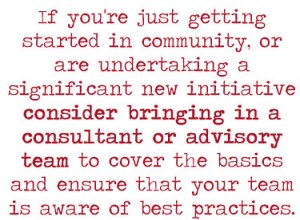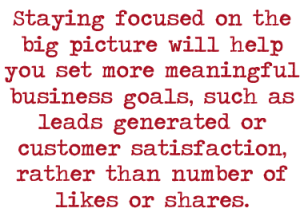Welcome to the latest episode in our community podcast series, “Conversations with Community Managers.”
Join TheCR’s Jim Storer and Shannon Abram as they chat with community managers from a variety of industries about their community journey. They ask the community questions you want to know the answers to, including:
- What’s your best advice for someone just starting out in Community Management?
- What are your best practices for increasing community engagement?
- How would you survive the zombie apocalypse? (Ok – they might not ALL be community questions…)
Episode #28, features Erin Winker, a community manager at Aetna. Podcast highlights include:
- Advice for transitioning into community management from a more traditional marketing or communications role
- The differences between traditional communications and community management
- An overview of the power of plain language in community management
Download this podcast.
Subscribe to this podcast series.
Know someone we should have a conversation with? Let us know!
About Conversations with Community Managers*
To better reflect the diverse conversations our podcast covers we’ve changed the name of our long-running series to Community Conversations.
Community Conversations highlights short conversations with some of the smartest minds in the online community and social business space, exploring what they’re working on, why they do what they do, and what advice they have for you.
These episodes are a great way to begin to understand the nuances of community strategy and management.
Each episode is short (usually less than 30 minutes) and focuses on one community management professional.
Podcast: Play in new window | Download
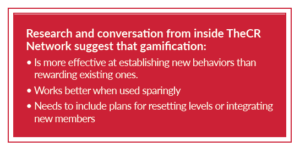 How does it fit your culture?
How does it fit your culture?
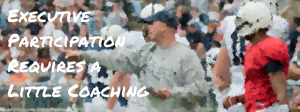

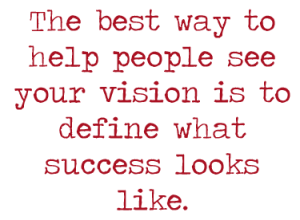 This is a short and sweet (as in “Sweet! Best practices I can use!) post on one of the most common questions we get at TheCR: “How do I convince our executives to invest in community programs? Help!” Through the
This is a short and sweet (as in “Sweet! Best practices I can use!) post on one of the most common questions we get at TheCR: “How do I convince our executives to invest in community programs? Help!” Through the 
